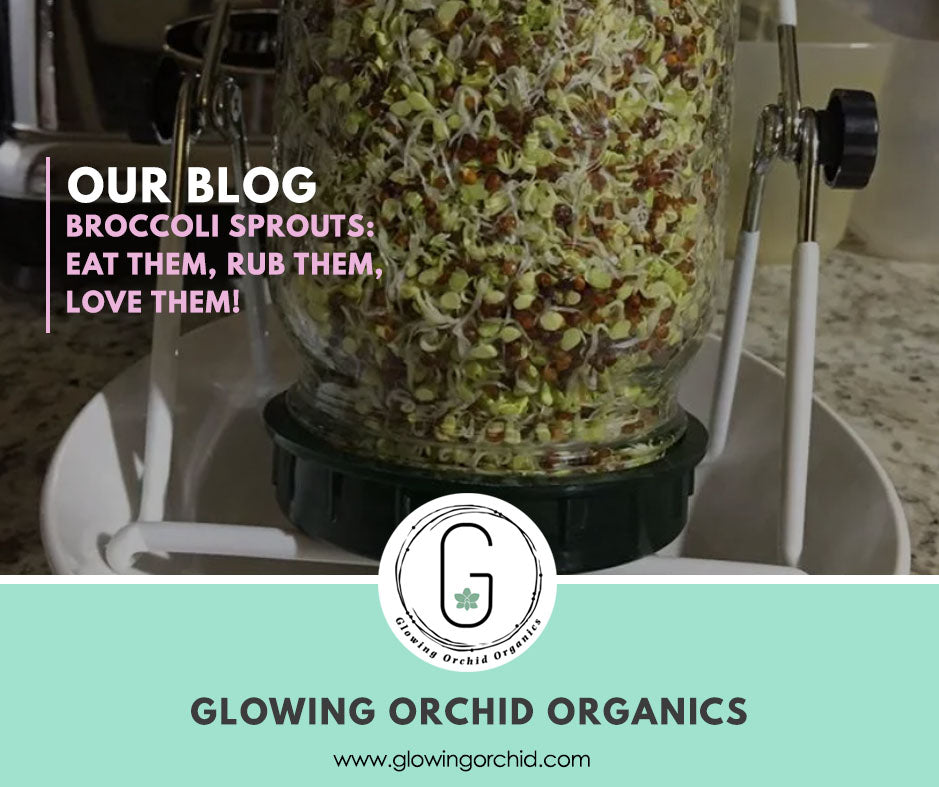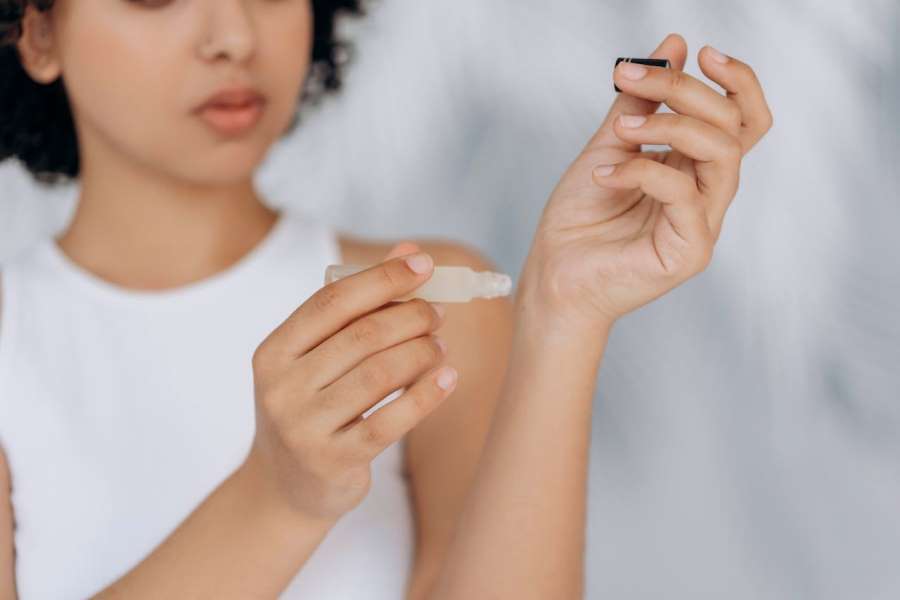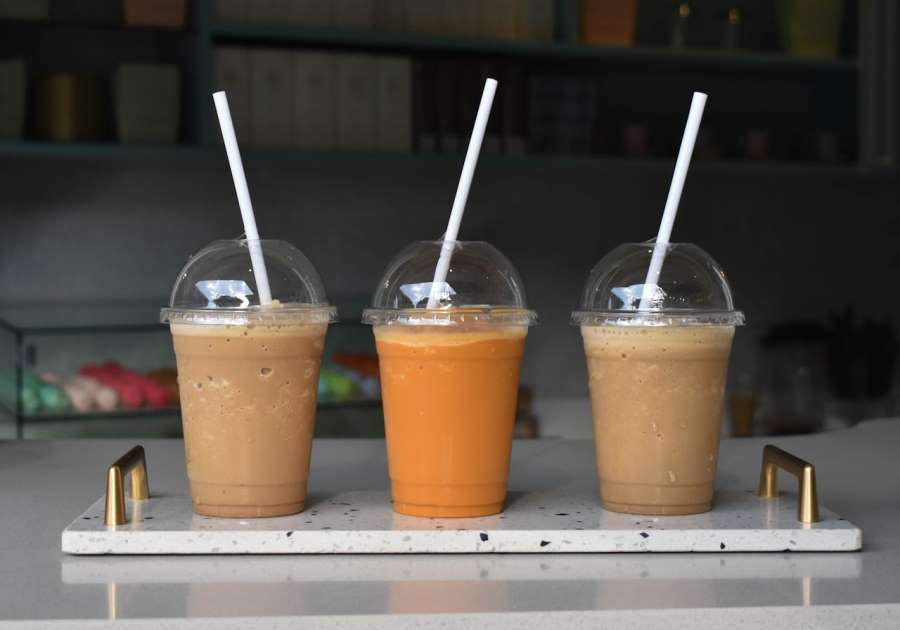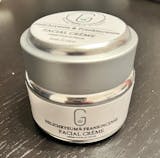When I first heard of broccoli sprouts from Dr. Rhonda Patrick in a Joe Rogan podcast I knew I wanted to try them immediately…! I love making my own things (can you tell?) so it was a no brainer to decide whether I should get my hands on some seeds or just buy a small box of (fairly overpriced) sprouts at the store. It was almost 2 years ago and I’ve been sprouting ever since. It’s easy, fun, healthy and affordable! We’re talking about a really underrated superfood here and I’m so excited to share with you everything I have learnt so far in my journey.
The Helichrysum & Frankincense Face Cream is a huge favourite of mine. It's rich & creamy yet absorbs quickly, leaving skin feeling smooth and soft.
Thank you for this quality product.
I love this deodorant formula the best out of every natural kind I’ve tried (including homemade recipes!). The balance is PERFECT - it leaves a powdery finish, rather than an oily one like most comparable products, which saves so much staining on my clothing!
The Immune Defence blend is my go-to through cold & flu season for a little extra boost to my lymphatic system as I massage it into my underarms each day.
I have used other brands but settled on this one. A more natural cream with great ingredients, smells nice and goes on so smoothly
You should try it!






